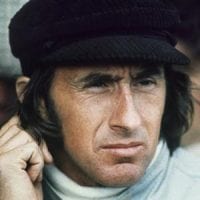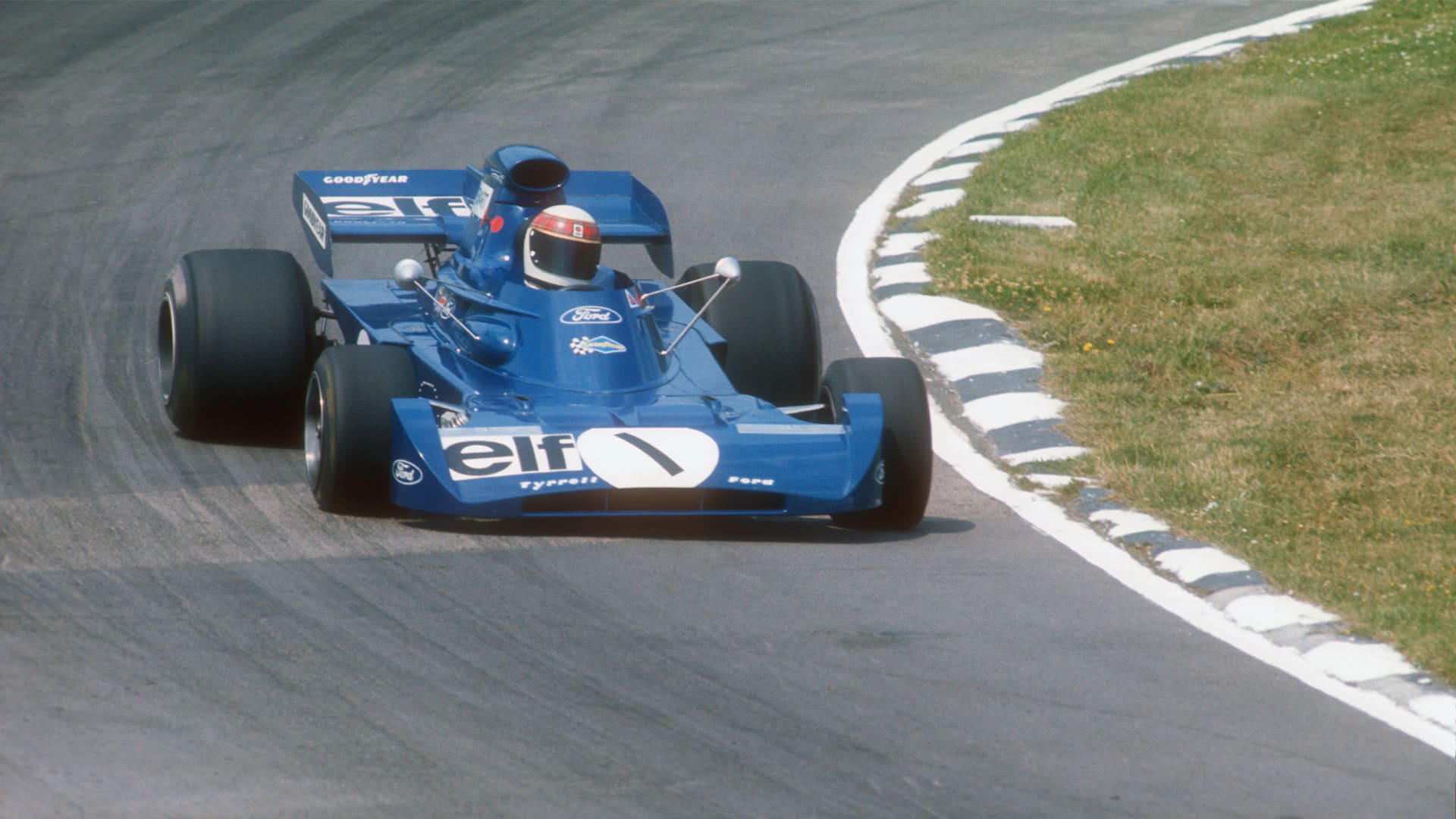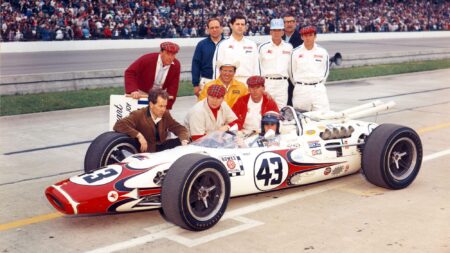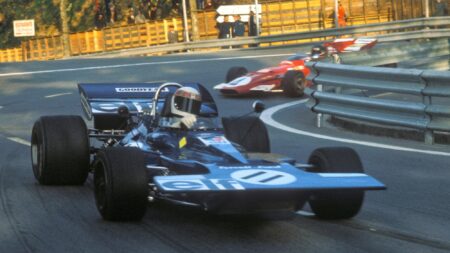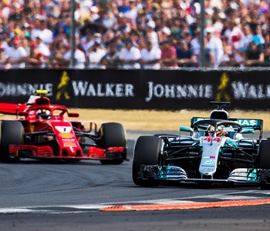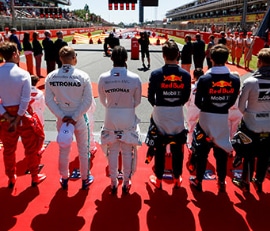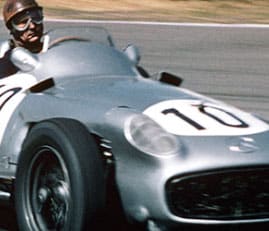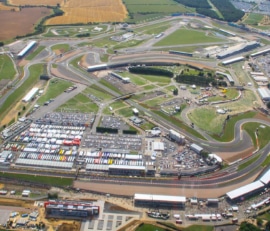He began 1966 by winning the Tasman Cup for BRM thanks to victories at Wigram, Teretonga, Sandown Park and Longford. That success continued at the start of the World Championship with victory in the Monaco GP despite driving an underpowered 2-litre BRM P261. A week later and Stewart was driving John Mecom’s Bowes Seal Fast Lola T90-Ford in his first Indianapolis 500. With the world’s richest race screened live via satellite into British cinemas, Stewart lost certain victory with eight laps to go when his oil pressure plummeted. Sixth place and Rookie of the Year honours were scant consolation and that seemed to signal a change in luck in Europe as well.
Stewart suffered the worst crash of his F1 career when he spun in the rain at Spa’s Masta Kink. He broke his collarbone and was trapped in the overturned car for 25 minutes, lying in a pool of fuel until freed by Hill and Bob Bondurant. He missed the French GP as a consequence and the BRM P83, with its complicated 3000cc H16 engine, proved unreliable once it was introduced.
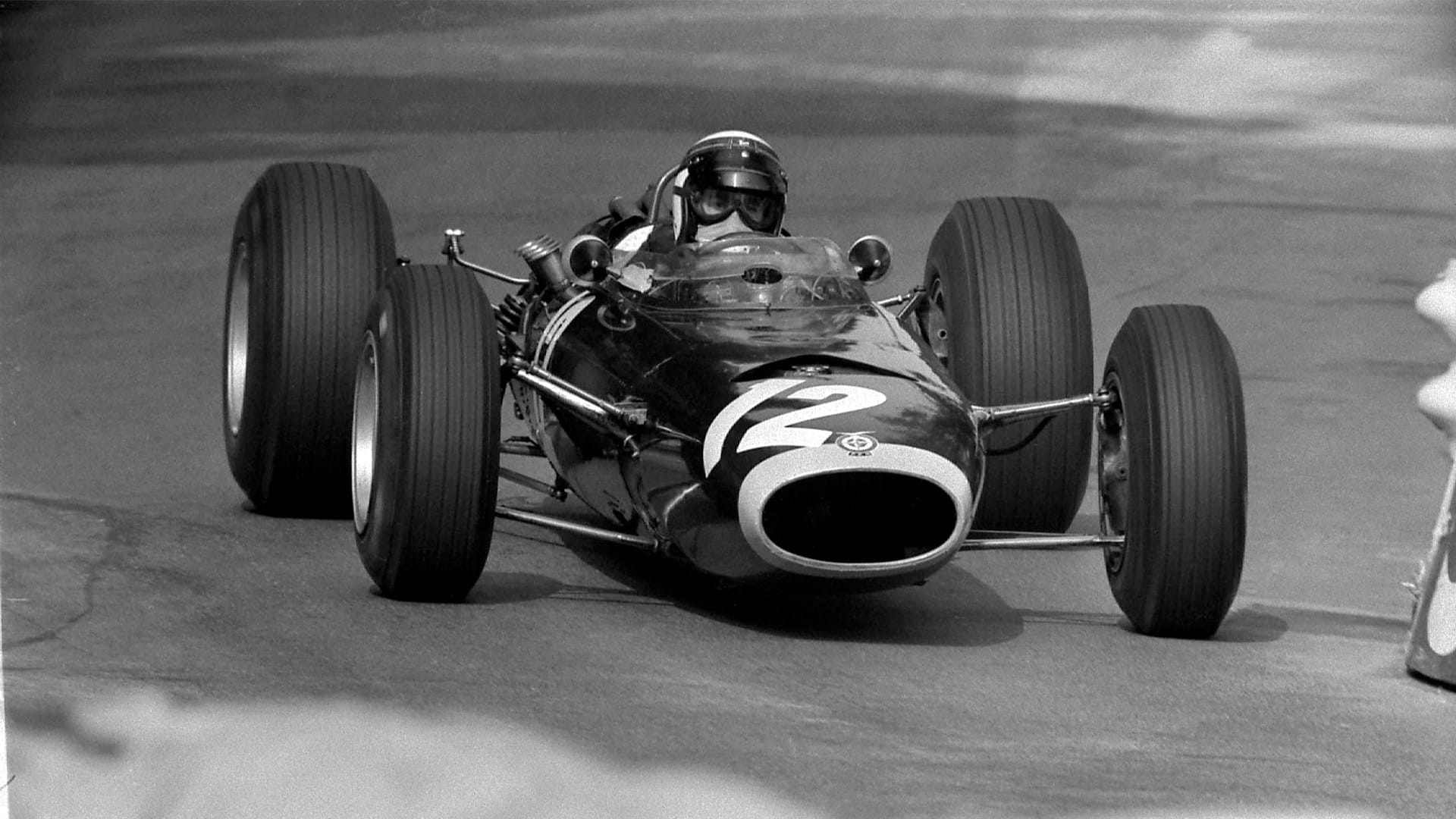
With Hill having switched to Lotus in 1967, Stewart was BRM’s undisputed team leader but that poor reliability continued. Second in Belgium (despite his car jumping out of gear) and third in France were the only finishes of his third and final season with BRM. There was more success in F2 with Stewart reunited with Tyrrell – his Matra MS7-Cosworth winning at Karlskoga, Enna-Pergusa and Albi. There was one other success of note that year for he shared the second placed Ferrari 330P4 in the Brands Hatch Six Hours as the Scuderia clinched that year’s International Championship of Makes.
World Champion for Ken Tyrrell and Matra
Ken Tyrrell entered F1 for the first time in 1968 with Stewart leading his Matra International team although the year began under a cloud for Clark was killed in an F2 race at Hockenheim. His was just the highest profile casualty in a tragic year that only further galvanised Stewart’s quest to improved safety when others appeared ambivalent.
Absent from two GPs due to injuring his wrist during Járama’s F2 race, and hampered by the injury for the next four GPs, Stewart lost the Belgian GP when his Matra MS10-Ford required a late fuel stop. He then won the Dutch GP before scoring perhaps the finest victory of his career – finishing over four minutes clear of the field at a soggy and fog-bound Nürburgring. He won the United States GP at Watkins Glen and entered the final round in Mexico three points behind Hill. He led during the early stages in México City before being slowed by problems with his fuel pump. A lapped seventh at the finish and runner-up in the final standings, the World Championship would not prove elusive for long.
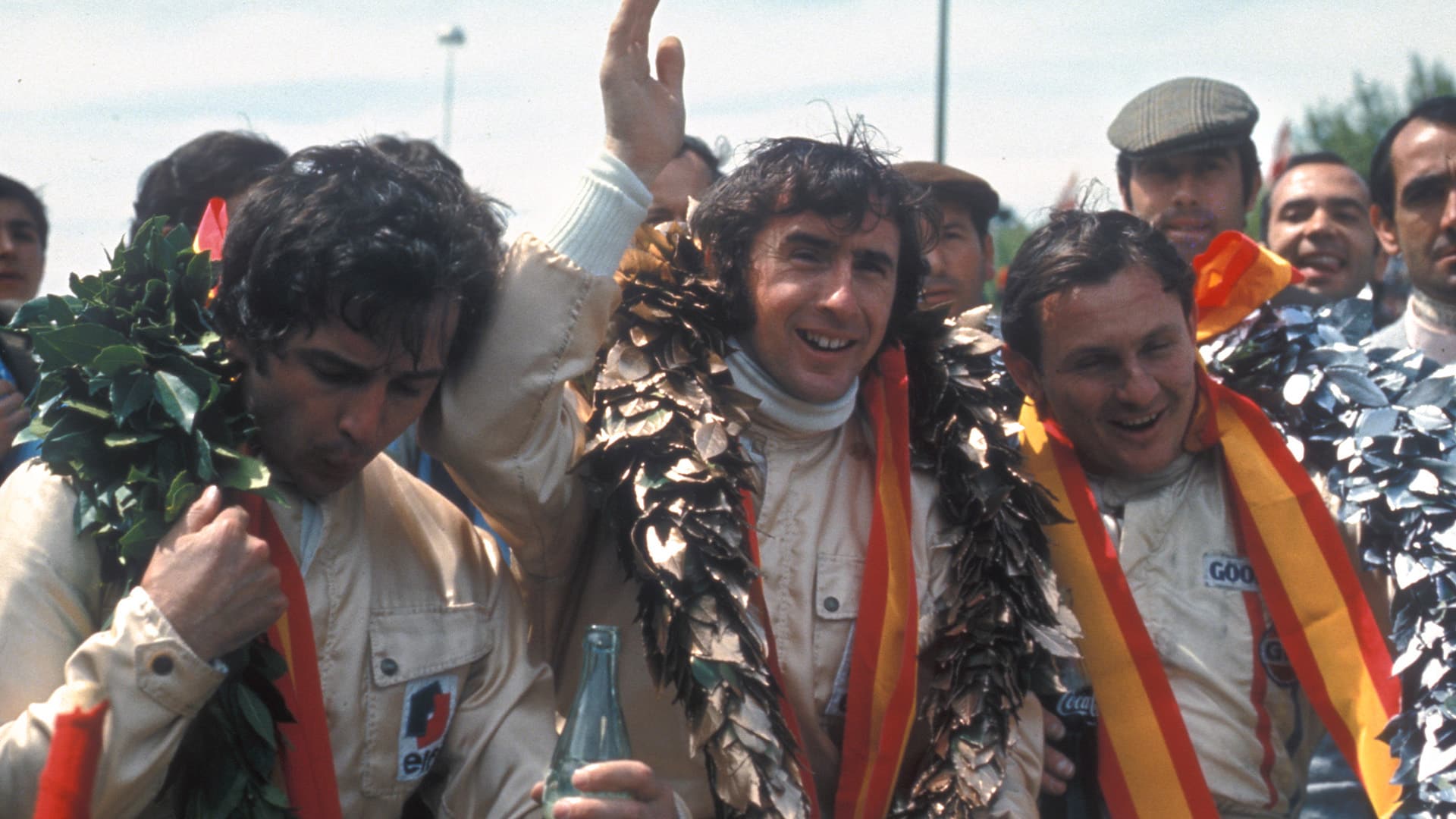
Victories in the South African GP (leading from start-to-finish in last year’s MS10) and the Race of Champions set the tone for his successful campaign in 1969. The new Matra MS80 was a neat chassis and Stewart operated on an entirely different plane from his pears. He won five of the first six championship rounds, the only blemish coming in Monte Carlo where he started from pole position and was 30 seconds in the lead when he retired. That run included winning the Spanish GP by two clear laps of Barcelona’s Montjuich Park (in part due to both Jochen Rindt and Chris Amon retiring from the lead) and lapping the field at Silverstone. Second in the German GP despite gearbox problems, he clinched his first world title by winning a slipstreaming duel at Monza – the top four finishers covered by just 0.19 seconds.
Further success follows as Tyrrell turns constructor
With Matra concentrating on developing its V12 engine and Tyrrell preferring to remain with Ford DFV-power, the renamed Tyrrell Racing Organisation began its title defence with proprietary March 701 chassis. Early signs were good for Stewart qualified on pole and finished third on the car’s debut in South Africa and then won the Race of Champions and Spanish GP. He led in Monaco and at Spa-Francorchamps before finishing second in Holland and Italy. However, the team had spent all year building the Derek Gardner-designed Tyrrell 001 in total secrecy. It was unveiled before its debut in the Oulton Park Gold Cup and raced in (and retired from) the last three GPs of the year. Far from sorted, its potential was evident with Stewart qualifying on the front row on each occasion, including starting from pole position in Canada.
That promise was realised during 1971 – Stewart’s Tyrrell 003-Ford winning six times (Spain, Monaco, France, Britain, Germany and Canada) to clinch a second World Championship with three races to spare. Team-mate François Cevert also won the United States GP as Tyrrell claimed the constructors’ title at the first attempt. In addition to his F1 exploits, Stewart drove Carl Haas’ L&M-sponsored Lola T260-Chevrolet in the lucrative Can-Am Challenge that year. He won at St Jovite and Mosport Park and finished third in the final standings behind the dominant McLarens of Peter Revson and Denny Hulme.

